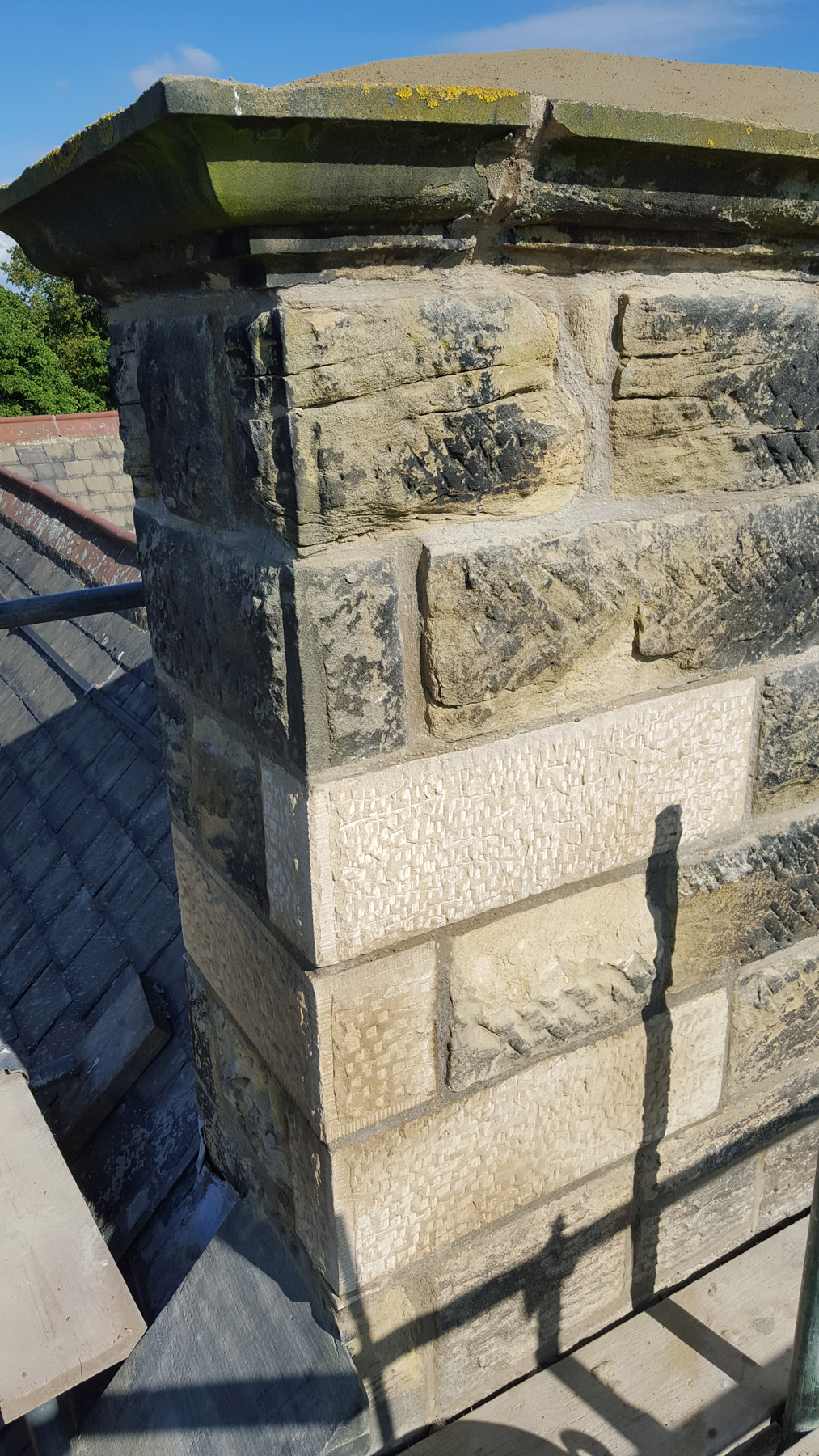Repairing artistic stone craftsmanship is not just a job; it is an experience that unites creativity, skill, and a rich respect for history. The beauty of stone lies not only in its strength but also in the intricate features and skill that can be found in every individual piece. As we begin the journey of stone refurbishment, we uncover a world where the past meets the present, allowing us to restore into facades that have stood the test of time.
Whether you are a veteran craftsman or a passionate DIY enthusiast, comprehending the subtleties of stone refurbishment is important. Starting with identifying the indications that your stone surfaces need maintenance to investigating the ideal materials and techniques for rehabilitation, this manual will take you through every aspect of the process. We will examine typical pitfalls to steer clear of and the essential do's and don'ts, ensuring your initiative is a achievement. Accompany us as we reveal the delights of revamping design jewels and the reward that comes from protecting art for future generations to follow.

Crucial Rock Restoration Methods
When embarking on a rock restoration project, comprehending the primary techniques is important for achieving enduring results. One of the primary methods involves cleaning the stone areas using specific solutions that are harmless for the material. Power washing can be efficient, but it is important to use the right pressure settings to avoid harmful the stone. For intricate designs and sensitive areas, hand cleaning with soft brushes and pH-neutral detergents is recommended to maintain the quality of the finish.
Another essential technique in stone restoration is fixing minor fissures and nicks. Using colored epoxy or resin designed for stone allows for accurate color matching, which helps retain the aesthetic quality of the stone. This repair process often involves carefully filling the affected areas, allowing the material to cure, and then sanding the surface to create a flawless finish. It is crucial to work slowly and ensure that the repair blends smoothly with the surrounding stone.
Applying a seal is an important step in the restoration process that safeguards the stone from future damage. A premium stone sealer helps to keep away water and marks, making maintenance more manageable over time. Applying the sealer properly is important; it should be done on a neat, dry surface and permitted to penetrate adequately before any surplus is removed away. Regular maintenance and reapplication of the sealer can lengthen the life of the stone and keep it looking attractive.
Steering Clear of Typical Renovation Mistakes
When initiating a stone restoration project, it's important to have a well-defined plan to steer clear of some common pitfalls. One frequent mistake is misjudging the extent of the damage or the work involved. Proper assessment is vital. Take the time to inspect the stone surfaces meticulously, spotting any fissures, color changes, or other issues that could need attention. By grasping Click here to find out more of the project before getting underway, you can avoid costly surprises down the line.
Another common mistake is utilizing incorrect cleaning methods or materials. Many homeowners choose harsh chemicals or abrasive tools that can worsen the stone. On the other hand, select gentle cleaning solutions specifically created for the type of stone you are working with. Always try out a small, inconspicuous area beforehand to ensure your selected approach won’t affect the surface. This cautious approach not only preserves the stone but also aids maintain its beauty for years to come.
Finally, not seek professional help when necessary can be detrimental. Some restoration tasks need specialized knowledge and experience that goes beyond DIY capabilities. If you're dealing with extensive damage or uncommon stone, consider hiring a professional restoration service. Their expertise can be time-saving and ensure that the restoration is done correctly, protecting the integrity and aesthetic of your stonework.
Eco-friendly Practices in Residential Restoration
Green methods in home restoration emphasize the conservation of current resources and structures, significantly reducing waste and the need for fresh materials. By focusing on fixing rather than changing, property owners can maintain the architectural integrity of their properties while reducing their ecological footprint. Integrating green construction resources and techniques not only boosts the longevity of a job but also leads to a healthier living environment for inhabitants.
Employing eco-friendly solutions during restoration is another key aspect of sustainability. This comprises improving thermal barriers, glazing, and HVAC systems to improve energy performance. Energy-efficient surface restoration methods, such as using safe and green cleaning agents, can significantly lower harmful emissions and environmental damage. These advancements often lead to reduced energy bills and increased well-being within the property, making them an attractive choice for homeowners looking to restore their homes sustainably.
Lastly, obtaining local resources for renovation jobs is an exceptional approach that benefits regional economies and reduces transportation-related greenhouse gases. Local materials often match the historic features of the home better, ensuring an authentic rehabilitation. By blending local sourcing with green methods and energy-efficient improvements, homeowners can realize a stunningly renovated property that celebrates its history while incorporating a forward-thinking, eco-friendly methodology.
